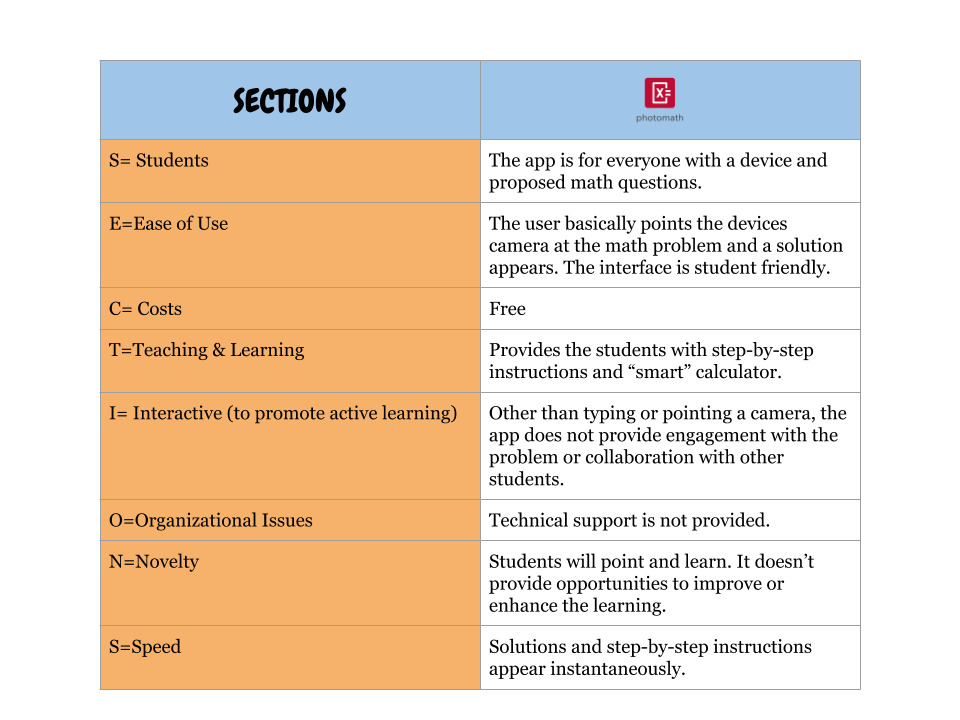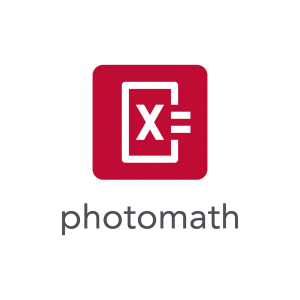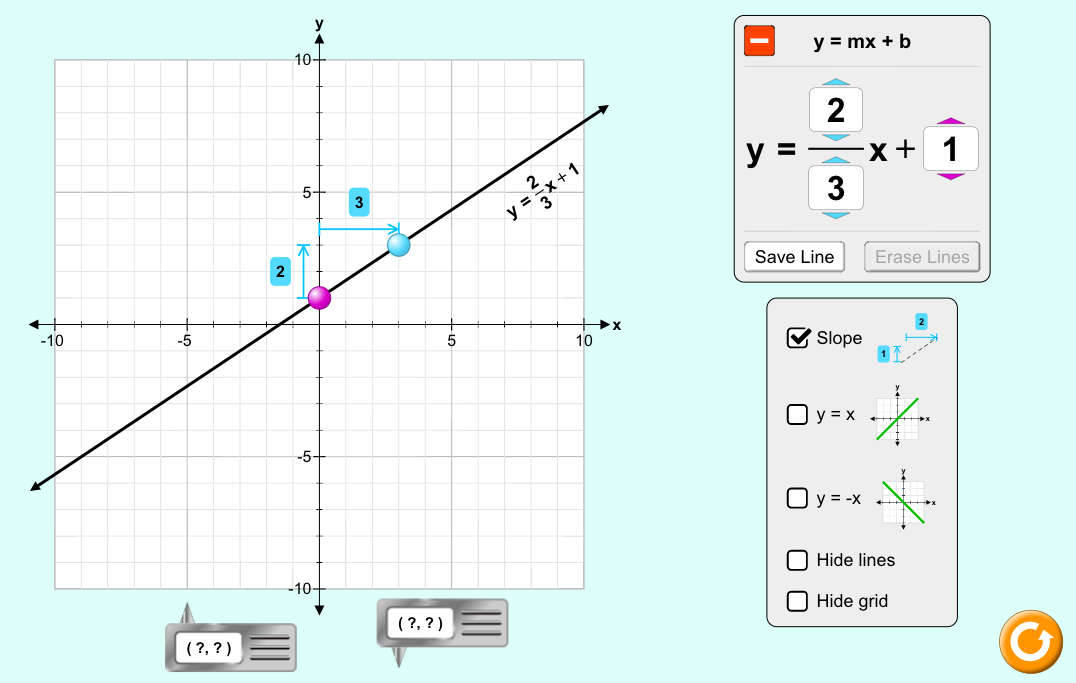(click on the above icon to go to a video)
Photomath is a free mobile application that is available on Google Android and iOS.
Typically, I would explore an app I have used in my classroom and explain how it impacts students learning. On the other hand, I have decided to investigate Photomath (higher level math) because my own children (grade 8 and 10) have occasionally used this app to support their mathematical understanding. I want to examine the affordances and drawbacks of using this app to understand more complex mathematical algebraic equations.
What does Photomath do?
Point your phone camera toward a math problem and Photomath will show the result with a detailed step-by-step instructions.
Photomath provides:
- Camera calculator Handwriting recognition
- Step-by-step instructions
- Smart calculator
- Graphs (NEW)
Photomath supports:
- Operations with: Integers, Fractions, Decimal numbers, Powers, Roots, Logarithms
- Algebraic expressions
- Equations: Linear, Quadratic, Absolute value, Rational, Irrational, Logarithmic, Exponential, Trigonometric
- Inequalities: Linear, Quadratic, Absolute value, Rational, Irrational, Logarithmic, Exponential
- Solving Systems using: Comparison, Substitution, Elimination, Gauss-Jordan method and Cramer’s Rule
- Calculus: Derivatives, Integrals
- Trigonometry: Converting Angles, Calculating trigonometric values, Finding Periods of trigonometric functions, Calculating with trigonometric expressions
- Graphs of Elementary Functions
Resource: https://photomath.net
In ETEC 565A: Learning Technologies: Selection, Design and Application, I was introduced to The SECTIONS model (Bates, A. W., & Poole, G. 2003), which is a framework for selecting and using technology. At the same time, Motiwalla, L. F. (2007) argued that mobile learning does not transcend instantly, rather educators need to learn how to apply appropriate pedagogies from both social and constructive and conversational theories. Bates, A. W., & Poole, G. (2003). Effective Teaching with Technology in Higher Education: Foundations for Success. Jossey-Bass, An Imprint of Wiley. 10475 Crosspoint Blvd, Indianapolis, IN 46256.
Bates, A. W., & Poole, G. (2003). Effective Teaching with Technology in Higher Education: Foundations for Success. Jossey-Bass, An Imprint of Wiley. 10475 Crosspoint Blvd, Indianapolis, IN 46256.
Motiwalla, L. F. (2007). Mobile learning: A framework and evaluation. Computers & education, 49(3), 581-596.


